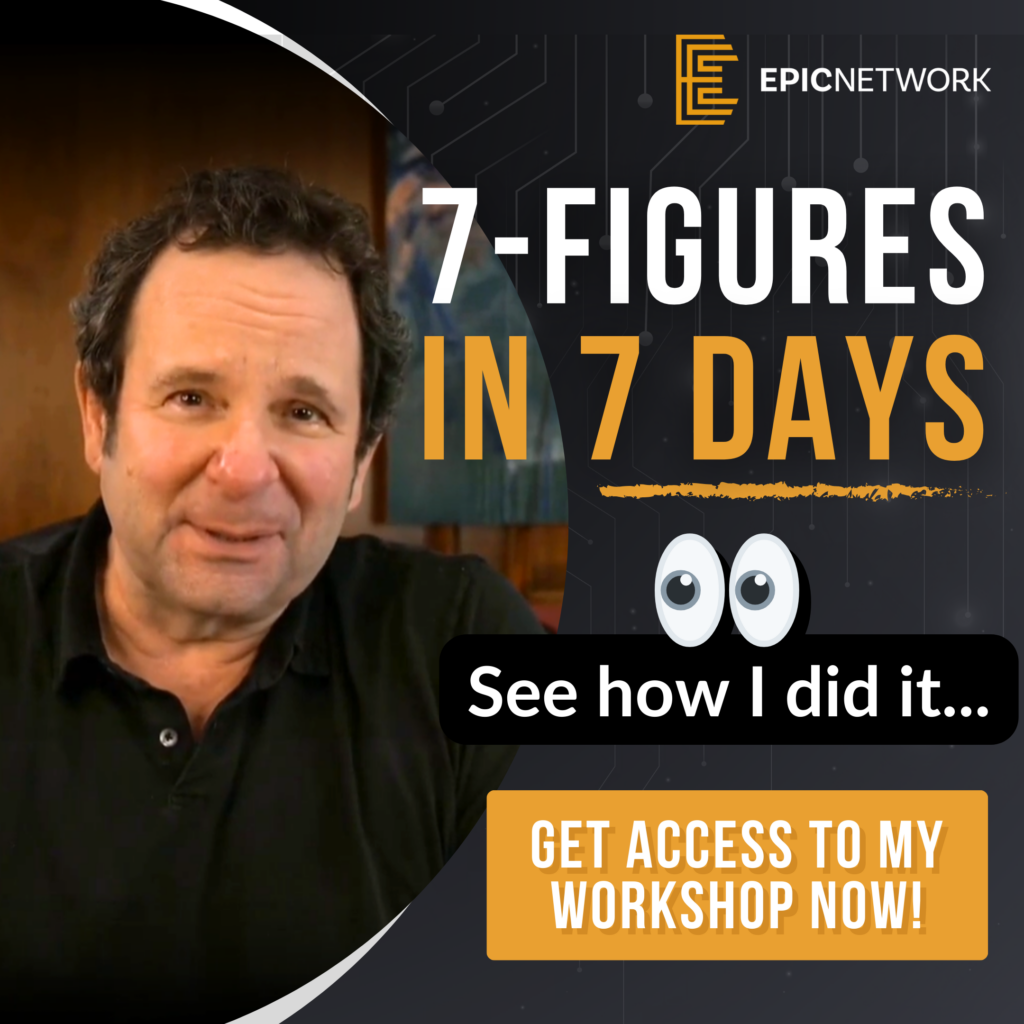
When structuring business rollup negotiations, mastering the art of strategic conversations can make the difference between closing a successful deal or facing objections. It’s about more than just presenting terms—it’s about guiding the other party toward a shared vision where they feel engaged and aligned with the outcome.
Define the Outcome First
Before entering business rollup negotiations or conversations, it’s essential to define your desired outcome. Ask yourself:
- What is my ultimate goal for this meeting?
- What next steps should this conversation advance?
- How can I guide the other party to feel ownership of the outcome?
For example, if your goal is to secure a seller’s involvement in a rollup with a 30% equity stake, build your conversation around that goal from the outset. Then, reverse-engineer your questions to gradually lead the seller toward embracing that vision.
Ask Strategic Questions to Uncover Motivation
Rather than stating your offer upfront, ask guiding questions that encourage the other party to reveal their own motivations. This approach builds trust and helps the seller convince themselves of the value of the deal.
Sample Questions:
- “What inspired you to consider this meeting today?”
- “What would your ideal outcome from this conversation look like?”
By inviting them to share, you gain insights into their goals while subtly steering the conversation toward your desired outcome.
Presenting a Term Sheet the Right Way
Once you’ve identified motivations and established alignment, the next step is guiding the conversation toward a formal offer. Rather than presenting the term sheet as a final, unchangeable document, build it collaboratively.
Key Tip: Develop a draft term sheet in advance that reflects the outcomes you’re aiming for, then ask targeted questions to encourage agreement on the key points. This allows the other party to feel they’re part of the decision-making process rather than having terms imposed on them.
Engage Stakeholders with Inclusion
When multiple stakeholders are involved, such as a business owner and their heirs, ensure you equally engage all parties. Dividing attention equally helps build rapport and ensures no one feels left out.
Pro Tip: If a less vocal stakeholder is present, engage them directly with questions. Building rapport with at least one decision-maker creates an internal advocate who can help move the deal forward even after the meeting.
Overcome Objections with Collaborative Framing
When objections arise—whether they’re about deal terms, seller financing, or equity distribution—reframe them as collaborative challenges to solve together. For example:
- “I know you mentioned concerns about financing earlier. How do you think we could structure this in a way that makes both parties comfortable?”
By positioning yourself as a partner rather than an opponent, you shift the conversation from confrontation to collaboration.
Final Thoughts on Business Rollup Negotiations
Mastering business rollup negotiations is about more than presenting offers—it’s about guiding stakeholders through a structured dialogue where they feel heard, respected, and engaged in the decision-making process. By defining your outcome, asking strategic questions, and engaging all parties, you can create alignment and close deals with greater success.
Additional Resources on Business Rollup Negotiations:
- How to Prepare for Business Negotiations
- Strategies for Successful Rollup Acquisitions
- Creating a Term Sheet for Business Deals
Ready to explore acquisition strategies that fit your needs?
Book a Free Strategy Session with the EPIC Network to discover customized solutions to support your success.










